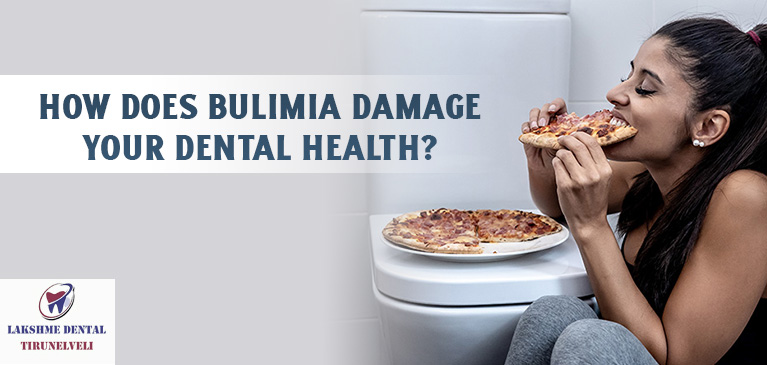
Reasons Why a Tooth Needs to Be Removed?
If you remember back when you’re a little child, you’ve had enjoyment wiggling a loose tooth, and you get money from the tooth fairy when the tooth comes out.
Sadly, it will be less fun to lose a tooth once all your permanent teeth are grown. Plenty of reasons are there to know why a tooth extraction could be required to enhance your dental health, such as an infected tooth, to prevent overcrowding, or a damaged tooth.
When a tooth has to be removed, our team is working hard to ensure that you remain happy from start to finish. Learn about the two key extraction methods and important reasons you may need to pull a tooth or teeth.
Two Types of Extractions
Surgical Extraction
Only when a tooth has not completely broken via the gumline, surgical extraction will be used, so an incision into the gums is required to attain the tooth. The tooth can be cut into several parts, if necessary. Extraction surgery, such as wisdom teeth, is commonly used to eliminate overcrowded teeth or impacted teeth.
Simple Extraction
If the tooth is viewable above its gum line, a dentist makes a simple extraction. Before the root and crown are eliminated from gums and jawbone, the tooth will be loosened with a device named elevator. This process is usually used in situations where a tooth is contaminated, badly decayed, or can not be saved.
You could need to have a tooth or teeth removed for a variety of reasons.
Impacted Tooth
If a tooth is affected it means that there’s some kind of blockage that prevents the tooth from emerging via the gums. An affected tooth may be barred by a primary tooth that has not fallen out normally or occurs in the wrong direction and is obstructed by another tooth. Your dentist can guide a simple extraction or surgical extraction, based on the location of the impaction, to eliminate the obstruction or the affected tooth.
Severe Damage or Decay
In the tooth, cavities that are not treated in time can expand to the pulp. Though a root canal may be used to protect the tooth, it will need to be eliminated if the decay is too serious to save the tooth. A simple extraction can prevent the decay and inflammation from reaching into your next teeth, gums, jaw, and ultimately bloodstream.
Not Enough Room
Teeth or a tooth that needs to be eliminated before a person can begin an orthodontic treatment if there is not sufficient place for all the teeth. The orthodontic procedure is designed to fix the teeth in proper order and space and may enable 1 or more teeth to be extracted so that the others have a place. Overcrowded teeth are usually removed using the basic technique of extraction.
Wisdom Teeth
Your 3rd set of molars, identified more generally as the wisdom teeth, can need to be removed. Typically the current human jaw can not hold these additional teeth, and if they begin to explode from the gum line, the dentist should appoint surgical extraction. The wisdom teeth will be eliminated as soon as possible before the teeth become infected. Nevertheless, not everyone requires to have their wisdom teeth pulled out. People still don’t grow all four or any at all!
Injury
Injuries occur, and sadly our teeth are affected sometimes. While trying to protect the tooth is always the first choice, it just might not be achievable. Whether the injury is due to a car crash or perhaps a sports accident, patients should book an appointment with their dentist if mouth injury occurs. The harm is not noticeable, in some cases.
Following a removal, adherence to the post-procedural instructions from your dentist is essential. A simple extraction would usually require less recovery period than removal by surgery, but it will rely on your situation.

















